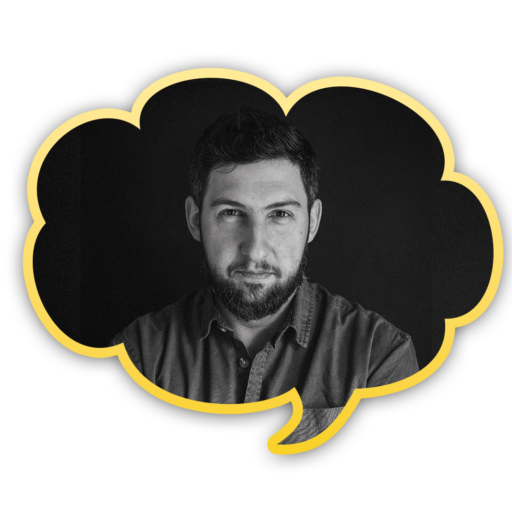LENS
Dispersion can have several meanings. It can also carry different connotations. Positive dispersion, for instance, might refer to the distribution of tasks among many beings. Wolves hunt, ants explore, schools of fish protect one another, while humans comb through a forest in search of the lost or scour the web.
Positive dispersion draws its strength from removing the limitations of a single individual. The collective human mind accumulates the knowledge of individuals and generates an output that a solitary person could never achieve.
On the other hand, what is accumulated is often a report of an individual’s loneliness. This is how one might describe most creative and recreative processes. Such processes are often accompanied by negative dispersion. This is a dilution of attention. A writing human (Homo scribens), while writing, follows a certain thought. Thoughts often race far faster than fingers on a keyboard. And time is a key component defining the curve of dispersion.
When fingers can’t keep up, thoughts pile up. One collides with another, they mix and distort. This is yet another proof of humanity’s struggle against the limitations of the body.
When one has a life—meaning when one is needed—those who need us vie for our attention. Our attention is only minimally divisible. It doesn’t suffice for everything. It’s either concentration, full focus, and exhausting the subject according to the original plan, or dispersion, randomness, and deconcentration. And then the plan falls apart.
Chance and chaos creep into writing. Or perhaps that’s the universe’s plan. Only we look at it too narrowly. Too shortsightedly. Moreover, it’s impossible to create in isolation from the body.
This is what the transition of an idea from the realm of the mind to the realm of matter entails. The idea loses its ideality, succumbs to the constraints of reality, and changes. It changes beyond recognition. But in return, it gains a concrete dimension and an impact it lacked while sitting in the mind.
AI, lacking a body, doesn’t know what it means to have a sore back from sitting at a computer. Or the blinding light while taking photos. The muscle pain and cuts from wielding a chisel. And all of this affects the work.
The idea being shaped molds not only the material in which it seeks to materialize but also the creator.
Do the words of AI shape AI itself? What about images, music, film? Does an LLM feel pain when one of its processors fails?
If not, then there are no artists among AI. Only a human, who, having emerged from the cave, turned their head toward the sun of AI’s ideas, is—for now—capable of materializing the immaterial. Of focusing scattered light.
What should we teach our children:
- The lensing of AI’s ideas
- The materialization of ideas

